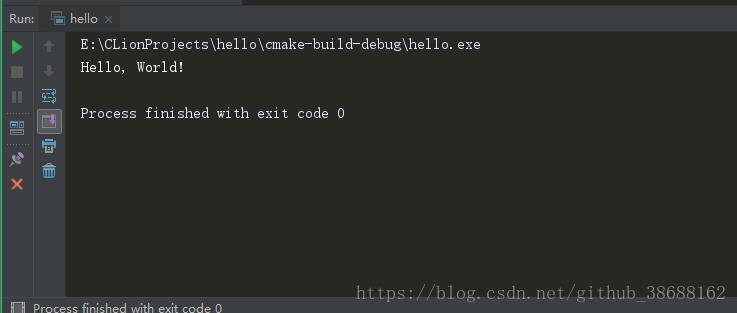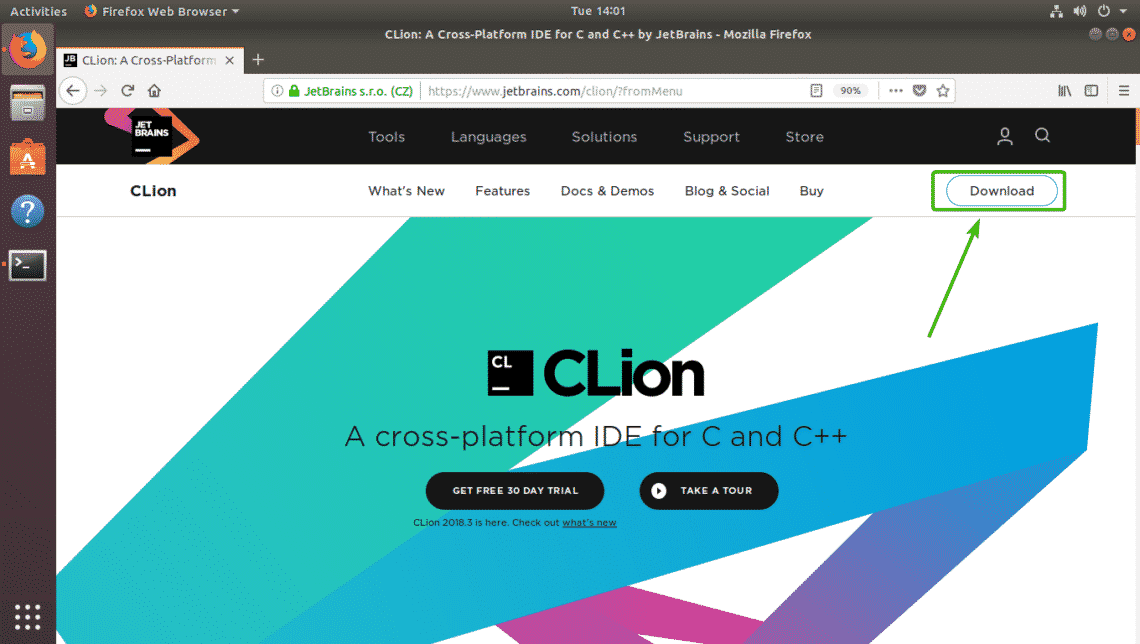

It’s a perfect fit for someone looking to take their first steps in the embedded world or someone who wants to realize some simple idea.
Jetbrains clion code#
It has a huge and welcoming community, a rich infrastructure, and dozens of various code samples and libraries. If you are interested in embedded development and you’re looking for a project to try it out, Arduino is a good place to start. But let’s see whether you can get any benefit in return! How CLion can help
Jetbrains clion manual#
Using an IDE other than the Arduino one does require some manual steps, which you can extract from the official build process description. Since ultimately only C++ is being used, any general-purpose C++ IDE can be used to write the code.

You can read about the Arduino build process in the official documentation.

The result is finally passed directly to a C/C++ compiler (avr-g++). More precisely, a set of C/C++ functions can be written, and then it undergoes some preprocessing, as when one or more Arduino-specific #include clauses are added for example. The languages used by Arduino sketches are C and C++. It’s the unit of code that is uploaded to and run on an Arduino board. “ Sketch” is the name that Arduino uses for a program. You can check out the final project code here.
Jetbrains clion serial#
Now it’s time to add some actual code, like this.Īfter that, you can connect your Arduino, upload the sketch, and verify that it works using the Arduino Serial monitor.įor this project, I used the code shared by the WaveShare, the screen vendor, on GitHub, and I added some more code to get our screen up and running. Then add the Adafruit_BMP085 library with the Sketch -> Include Library… -> Manage Libraries… menu item. So we’ll just briefly go through the setup: The official Arduino guide explains Arduino sketch development in detail. Now it’s time to code some of our Arduino prototype. The pressure sensor uses an I2C interface (SDA, SCL) and is connected with standard F-M jumper wires.Īll the connections are described in the table below: To minimize the number of headers we need to use, we connect the display power lines to the power pins of the Atmega8 in-circuit serial programming (ICSP) header.

The module is shipped together with an 8-wire cable, which I connected to Arduino with the help of the 2.54mm edge pin headers. The e-Paper screen module utilises a uni-directional SPI interface (CS, MOSI,SCK), two input control signals (RESET, DC), and a BUSY output signal. One of the bolts holding the Arduino board holds the sensor module, as well. We’ve started by drilling several holes in the tablet stand, and we then mounted all the parts on it. Sounding fun yet? Let’s get started! Starting with a prototype Electronics setup IKEA plastic tablet stand, for fastening all the prototype parts together. Wires, a USB cable, several plastic PCB standoffs, M3 bolts, and nuts. We’re using a DFRduino UNO R3 because of its colorful connectors :) We’ll use a GY-65 module, though it may be replaced with a BMP180 ( GY-68).Īrduino Uno Board. We’ll start by building classic project – a DIY barometer – and we’ll use:īosch BMP085 air pressure sensor. The device should be battery-operated, and it should be able to work for several weeks on one charge. This is more useful than a classic barometer, as pressure changes are more important to track than the absolute value. We’re going to build an electronic barograph, which is a device that measures atmospheric pressure and plots it on a chart to predict weather conditions for the next several hours. We’ve set ourselves an ambitious goal for the project.
Jetbrains clion professional#
In this series of blog posts we’d like to explore how you can bring your pet projects to a more professional level and how IDEs like CLion can help you do that. They keep working on their projects as weekend warriors, treating them simply as small hobbies and side projects. But most of these Arduino developers don’t move forward. Arduino is easy to get started with, and the experience of seeing the outcome of your coding efforts in a light blinking or robot moving is delightful. Many developers are playing with Arduino-based projects these days.


 0 kommentar(er)
0 kommentar(er)
